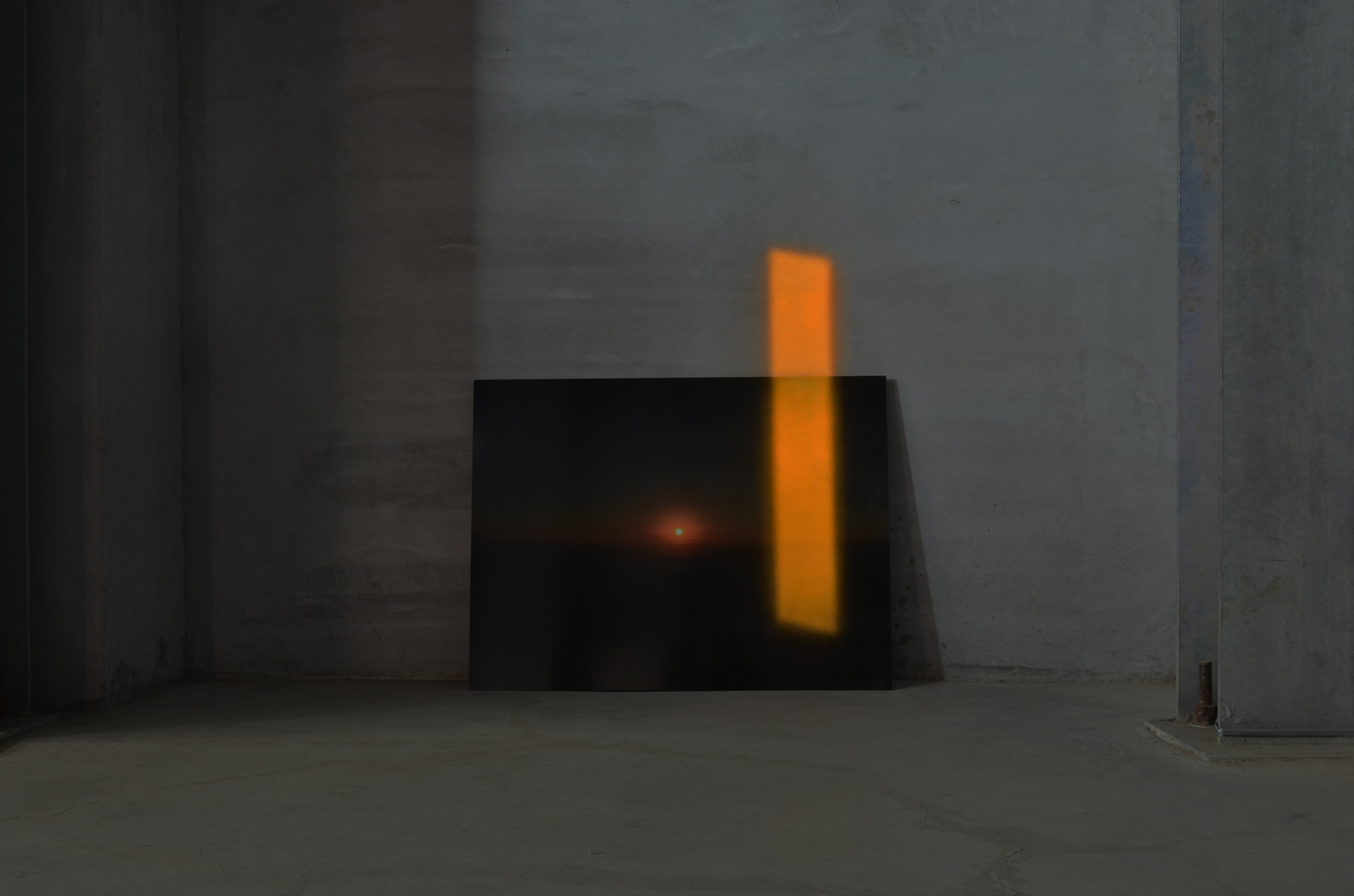

空氣煞車
駁二藝術特區
策展人:林裕軒、黃郁捷
藝術家:牛俊強、周育正、郭奕臣、劉玗、湯雅雯、謝佑承
AEROBRAKING
The Pier-2 Art Center, Kaohsiung
20 May — 9 July 2017
我們身處在一個加速度的時代,不及標準的元素會自動被汰換掉,所有的不平凡(extraordinary)都被化約成一般(ordinary)。文明和生活開始加速度的狂飆。但是,「加速度」之後呢?我們該如何返航?馬赫 (Mach Number) 作為一速度量詞,相當於一倍音速,用來描述一飛行物體的速度。太空梭返回地球時,最高速度可高達24馬赫。高速墜落的速度感讓身體進入失速狀態,失去對外部變化的細微感知。然而,太空梭與空氣摩擦所產生的強大阻力使太空梭在穿透大氣層時減速,此現象稱之為「空氣煞車」,形成安全屏障,迫使太空梭在移動時降低速度。
資訊與展覽推陳出新,成為快速消費下的即期品。以「空氣煞車」作為比喻,將展覽視為「空氣煞車」的作用平台,透過建構作品與關係系統裡的雙重敘事,企圖減緩觀眾在展場內的失速狀態,甚至是留存觀看展覽的過程。本次展覽試圖將作品視為一個有效通道,帶領觀眾穿越作品(通道),將視角轉向,提供其他思考路徑閱讀作品。藝術在這社會中如何「被」生產出來?回頭探詢藝術家的創作方法如何在社會系統裡不停的變動,交織出未被提及的敘事和脈絡。這些關係隱身在作品裡,成為個體之間的連結或社會發聲的管道。社會系統如巨大的機器,探究創作的本質與其背後的關鍵人物,經由這些通道去聚焦,對可能的新系統進行更宏大的想像。
We are now living in an era of great acceleration and those elements and traits that are not so-called “standard” will be eliminated or neglected. All the extraordinary is simplified down to the ordinary. Civilization and life are forced to expedite in a dramatic way. However, what will happen next? How can we return to the Earth?
Mach Number, as a terminology, is as fast as the speed of sound. It describes how fast an object moves. When a spacecraft returns to the Earth, the fastest speed can reach 24 Mach, which will result in the risk of stall-out and make the astronaut’s body fail to sense any slight nuances from outside. However, a spacecraft maneuver called “Aerobraking” is a way of slowing down a spacecraft by using the atmosphere or outer gas layers of a planet. When the craft "dips" into the atmosphere, the molecules of gas in the atmosphere rub against the spacecraft, it acts as a resistance and slows the spacecraft.
This stall-out situation can be referred to the present moment that human-being is experiencing. The explosion of information and exhibitions inevitably are problematized and victimized by Consumerism. From this point, as a metaphor, this exhibition becomes a platform to function like Aerobraking does to the spacecraft. By constructing the dual narratives from both artworks and systems, this exhibition tends to get the audience out of the stall and maintain the particular experience in an exhibition.
In this way, an artwork acts as an effective and available tunnel, leading the audience to travel through a specific artwork (the tunnel), turning around the angle of view and offering alternative path to read an artwork. How is an artwork produced? From this humble inquiry, this exhibition explores how an artist’s way of producing continuously transforms in the social system, needling and weaving those untold narratives. These invisible contexts are embodied in the artworks, bridge each individual and articulate for the society.
A social system is a gigantic machine. This exhibition retrospects intuitions of producing and the key characters behind the scenes. Through these tunnels built by artworks, we are invited to have a macro imagination toward a new system in the future.
Related works